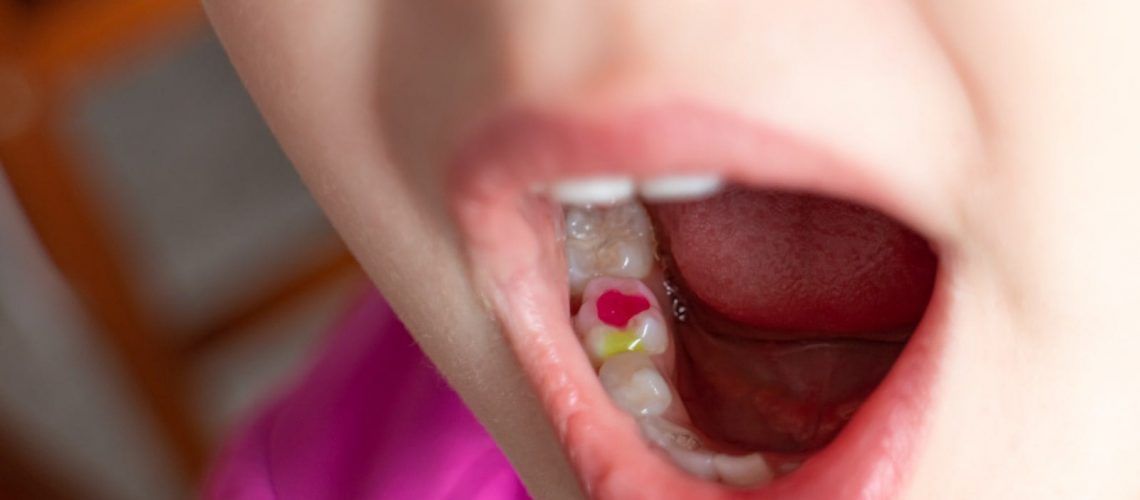When caring for children’s teeth, it is part of our priority to give parents a wide range of options to choose from, with one of those options being dental fillings. Similar to dental sealants, dental fillings a mixture of materials made to adhere to your child’s teeth and fill in a cleaned-out cavity to protect the tooth from further decay. Dental fillings may sound expensive, but we’re here to help guide you through your choices and provide you with the most information about what fillings are best for your child’s teeth.
The Types of Children’s Dental Fillings
Dental fillings are most often given to adults who have developed cavities and did not receive a dental sealant as a form of preventative protection. For children’s teeth that have grown into their adult stages, dental fillings provide a permanent form of protection for your child’s cavity and have a strong bond with the tooth’s enamel so that it doesn’t break away when chewing or grinding. There are multiple types of dental fillings to choose from, all with their selection of advantages and disadvantages. Here’s our basic summary of what types of dental fillings your child can receive:
- Amalgam Fillings: Known as the most traditional form of filling, these fillings contain mixtures of tin, copper, silver, and zinc to create a robust and durable bond. These fillings are the least expensive, last over ten years, and are considered an excellent choice for children prone to huge bite pressures. Amalgam fillings, depending on the brand, may contain small amounts of mercury, but the amount is scarce enough not to cause side effects.
- Composite Resin Fillings: These fillings are made with acrylic powders and resins. They can be colored to match your child’s teeth and offer an attractive finish that leaves them undetectable as a prevalent choice. Some dentists also offer more colorful varieties for children, choosing red and blue colors to give their teeth more of a fun-loving experience while receiving their oral care.
- Ceramic Fillings: Ceramic, or porcelain fillings, are an extremely low-profile option that’s stain-resistant and have high aesthetics. These fillings are an expensive option for children and do not last as long as composite resin fillings.
- Glass Ionomer Fillings: Like composites, glass ionomer fillings have glass components that act as a great filler for a baby’s teeth. These fillings last around five years, making them an excellent temporary filling for children. As their teeth transition to adulthood, the filling will be able to protect their teeth from decay.
Which Options Are Best For Your Child’s Teeth?
The best option for your child’s teeth is highly revolved around how you communicate with your pediatric dentists and what they highly recommend for your child’s teeth. If you’re wondering whether or not fillings are safe for your child, then be rest assured that dental filling is a safe, effective way of preventing cavities. Suppose your child has begun complaining about tooth pain. In that case, it’s essential to have them see their primary or pediatric dentist for treatment because untreated cavities can cause long-term consequences.

